All You Need To Know About Normal Delivery
If you’re planning to start a family, a Prega News pregnancy test kit should be kept handy. As you maneuver through the various stages of waiting and anticipation, a simple home test can give you the much awaited good news. And as soon as you see the two pink lines, you know the journey has started. After the initial celebrations and check-ups subside, the big question on most parents’ minds comes in – what about the delivery and which route are we taking?
When it comes to deliveries – you can either choose to have a C-section or a normal delivery. C-sections are often opted by doctors when there are chances of complications. If you have decided to go for the latter, here’s everything you need to know about it. In fact, according to the 2017-18 health survey by the National Statistical Office, 2 out of 3 women have normal deliveries in India.*
What is Normal Delivery?
Normal or vaginal delivery, means the birthing process which is all-natural and generally without the use of any medication or external instruments. This process involves the birth of the baby through the birth canal (vagina) with naturally induced labour. However, some vaginal births also involve painkillers or forceps for easier delivery, which is explained in details below. In this form of delivery, the primary factors are the mother’s comfortable position, the baby’s positioning and pushes by the mother.
Normal delivery or vaginal delivery is where the mother experiences labour as the cervix dilates. Uterine contractions are timed and observed and these help move the baby’s head towards the vaginal opening. These contractions can feel like severe menstrual cramps and the pain differs from woman to woman. If it’s too painful, you can also opt for an epidural which eases the pain. Generally, the vaginal deliveries can last between 12-14 hours or more. And it gets easier with subsequent births.
However, during vaginal deliveries, there are also chances of injury as the baby moves down the birth canal. This may cause stretching and tearing of the tissue around the vagina and may need stitches. A vaginal birth can also result in some pain in the perineum area – the area between the vagina and the anus. Postpartum side effects of natural birth may include vaginal bleeding, swelling, soreness, cramps etc.
Recovery after a natural birth is fairly early and the baby and mother can have skin-to-skin contact and breastfeeding sessions soon after birth. In most vaginal deliveries, the mother and baby are discharged in a day or two (24-48 hours), unless otherwise mentioned by the doctor.
Stages of Normal Delivery
Broadly, labour is divided into 3 stages and they are then further elaborated and divided for better understanding.
Stage 1: Cervix dilation
Stage 2: Baby birth through birth canal
Stage 3: Expulsion of placenta and membranes (afterbirths)
Stage 1
The first stage itself can last for over 36 hours and is generally spent at home. This stage involves changes etc. that can be observed up to a week before your actual delivery. What happens during this time is that the womb/uterus’ muscles contract so the cervix is shortened and dilated to enable the birth. This stage broadly involves 3 kinds of things that you will notice:
- Contractions: While some women experience mild period-like pain, for others it can be more severe. They can be irregular and short-lived but women are advised to note the kind and frequency of contractions – when they are less than 5 minutes apart and last for over a minute, it’s said that the labour has been established. In other words, during this time, you should be at the place where you wish to have the delivery.
- Discharge: Mucus or stringy/brownish blood may appear up to a week before your delivery and should be informed to the doctor. However, if you notice fresh blood, you should consult your doctor immediately.
- Water Broke: This is an indicator that the sac of amniotic fluid surrounding your baby has broken. At this point, you should call your doctor and ask for next steps.
Stage 2
This is the stage where your cervix is fully dilated and the baby is slowly making its way to the birth canal (vagina) from the uterus. Since your body is trying to release something, it’s best to assist it in the process by pushing and staying calm. Avoid tensing up as this can further delay the process. This part of the labour can take anywhere between 30 minutes to 2 hours.
At this point, many women opt for an epidural to help alleviate the pain. Your doctor can guide you through the same in case the pain becomes unbearable for you. However, it has been observed that epidural can sometimes elongate the process.
The more you push, the easier it gets at this point. However, some women require further assistance and the doctor may choose to use forceps or vacuum extraction to make the process easier.
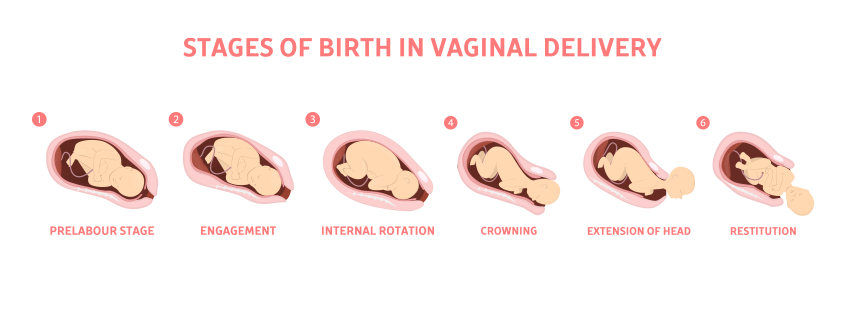
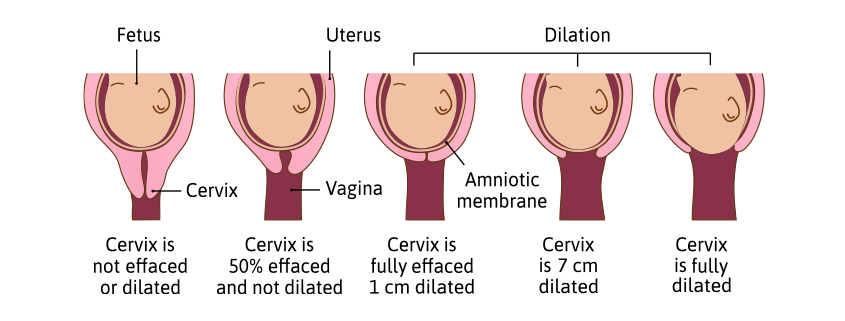
Stage 3
This final stage involves the delivery of the placenta. This can be done in two ways and which way to choose depends solely on your birth progress and experience. Sometimes, the placenta can be delivered by your efforts in 15 to 20 minutes after the baby’s birth. At other times, the process has to be induced and helped either with physical help from the doctor or with the use of medications.

Benefits of Normal Delivery
- The recovery period after a natural birth is generally much shorter than that of C-sections. Usually, women can go home in a day or two after a vaginal birth, unless there are other complications.
- In case of natural birth, the mother and baby initiate skin-to-skin contact almost immediately after birth and feeding is suggested within the first hour. This enables quicker bonding between the mother and the baby.
- When it comes to your baby, vaginal birth leads to the release of fluids from the baby’s lungs, thus minimizing the risks of respiratory problems and diseases.
- Babies are also exposed to bacteria in the birth canal, which improves their immunity.
FAQ
- How is a normal delivery done?
It is also done in hospitals and birthing centres with the help of doctors and experts. It involves the dilation of the cervix and the pushes from the mother, to bring the baby into the birth canal, who is then born through the vagina. - Is normal delivery painful?
The pain in normal delivery differs from woman to woman and it gets easier after the first birth. Which week is best for delivery? Doctors generally advise 39 weeks for the full growth of the baby but if labour is induced earlier or if complications arise, the baby may arrive sooner. - Which type of delivery is best?
The type of delivery is decided by the doctors depending on your and the baby’s health, previous medical records etc. - What should I eat for normal delivery?
As long as you maintain a healthy diet and weight, normal delivery should be okay. Healthy diet includes green vegetables and fruits and lean protein. You must also ensure proper hydration throughout with water and other fluids.
Disclaimer:This blog solely intended for the educational/informational/awareness purposes and is not a substitute for any professional medical advice, diagnosis or treatment. Please consult your doctor/healthcare professional before acting on the information provided on the blog. Reliance on any or all information provided in the blog, is solely at your own risk and responsibility. Mankind Pharma Limited shall not be held liable, in any circumstance whatsoever.

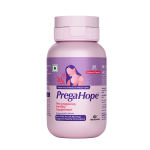


















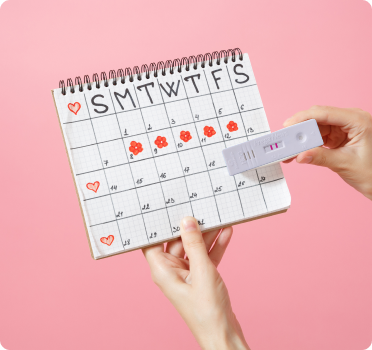
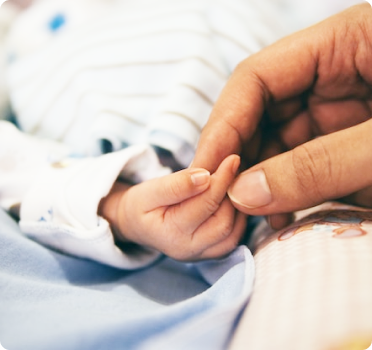
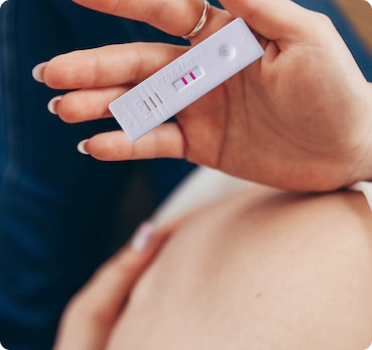



















Leave a comment